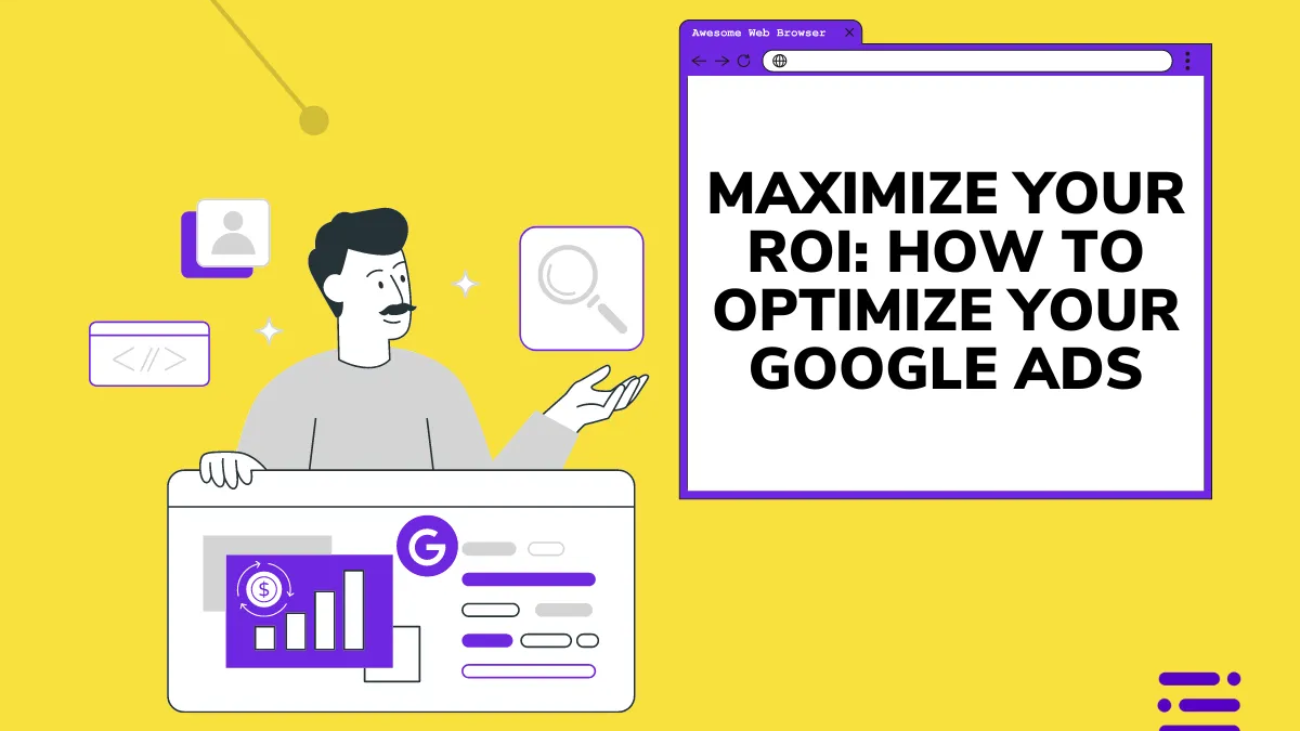Dive into the untapped potential of Google Search Ads. Our detailed guide breaks down strategies to elevate your digital marketing and boost ROI.
Harnessing the Power of Google Search Ads: A Comprehensive Guide
Considering the overwhelming presence of social media platforms, it’s not uncommon for marketers to underestimate the potential of Google Search Ads. But with Google commanding a staggering 90% of global search engine usage, ignoring its power might mean you’re missing out on major opportunities for your business.
The Potential of Google Search Ads
While social media platforms offer a wide-reaching audience, Google Search Ads promise both immediate results and a broad audience reach. These ads aren’t limited to just Google’s primary search results. You also have the chance to feature on popular Google platforms like YouTube, Gmail’s promotional tab, and the Google Display Network, which extends your visibility across different stages of the customer journey.
The combination of Google Search Ads with Google Analytics is where the real magic happens. By doing this, you gain in-depth insights into user demographics, behaviors, and their journey through the sales funnel. Features like conversion tracking and audience segmentation take the guesswork out of campaign optimization, offering more tailored and effective ad campaigns.

Steps to Crafting Impactful Google Search Ad Campaigns
-
Understanding Your Audience
The first step is getting to know your audience.
- CRM Data Analysis: Dive deep into your existing customer data. Upload your CRM system’s data to Google Ads, and after processing, align Google’s recommended audience with your actual customer base.
- Google Analytics Insight: Segment audiences in Google Analytics, particularly those who convert. Compare and contrast these with your CRM data.
- Creating Customer Profiles: Combine these insights to build detailed customer personas, refining them to mirror the audience most likely to engage with your brand.
-
Keyword Selection
The right keywords are essential.
- No Assumptions: Instead of guessing, utilize tools like Google Trends and Google autocomplete for real-time keyword insights.
- Categorization: Group your keywords. For instance, if you run a fashion brand, segment keywords like “men’s shirts”, “casual wear”, and “winter jackets”.
- Organic Search Data: Check the Google Search Console for organic keywords that drive traffic to your site.
-
Crafting Engaging Ad Copy
Your ad copy must resonate with your target audience.
- Responsive Ad Format: Utilize Google’s responsive search ad format, allowing varied headline and description combinations.
- Clarity and Relevance: Keep your headlines under 30 characters and descriptions under 90. Clearly highlight your unique selling points.
- Effective CTAs: Drive user action with strong CTAs that align with their search intent.
-
Advanced Targeting Techniques
Beyond basic demographics, Google offers extensive targeting options.
- Diverse Demographics: Options extend beyond just age and gender.
- Custom Audiences: Use a combination of data points for precise targeting.
- Testing Waters with Observation Mode: Broaden your reach initially to gather performance data, and then refine your approach for better results.
-
Strategizing Bid Management
- Business Goals Alignment: Ensure your bidding strategy mirrors your business objectives. If reducing cost-per-acquisition (CPA) is a priority, adjust your bids accordingly.
- Diversified Approaches: Avoid a generic approach for all campaigns. Each campaign must have a tailored bid strategy.
- Leverage Smart Bidding: Allow Google to auto-adjust your bids using its smart bidding features, which is especially beneficial when working with rich audience data.
- Performance Monitoring: Regularly assess campaign performance. Pause underperforming keywords and shift focus to profitable areas.
-
Continuous Optimization Using Testing Strategies
Always aim for improvement.
- Iterative Testing: Whether it’s your ad copy, bids, or targeting techniques, regular testing and adjustments are vital.
- Performance Monitoring: Regularly assess the performance of your campaigns, keeping what works and discarding what doesn’t.
Final Thoughts
In addition to the expansive reach of social media, Google Search Ads connect businesses directly to users actively seeking their products or services. Unlike passive scrollers on social platforms, these users exhibit strong intent to purchase, providing an edge in conversion rates. Moreover, Google’s intricate analytics tools provide invaluable insights into consumer behavior, allowing advertisers to fine-tune their campaigns for even greater efficacy.
Diversifying your advertising portfolio to include Search Ads not only mitigates the risks of over-relying on one platform but also broadens your brand’s visibility. Remember, while social media captures audiences in their leisure, Google Search Ads target them in their moments of need, creating a comprehensive marketing strategy.

Leave A Comment